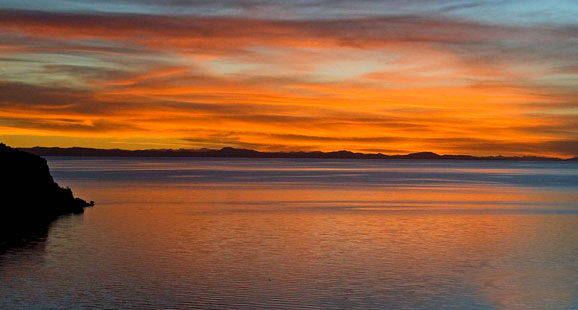
PUNO - GENERAL INFORMATION
Emblematic city of Peru, place where the impressive Titicaca lake, the highest navigable lake in the world, is located. Passing through this place of the Andean high plateau shows contrasts of a striking scenery. The villages on the road have peculiar characteristics, with their own personality and nice people. Puno is considered as the capital of national folklore due to the high number of dances and musics that are very colorful and rich in their expression. It is characterized by the beauty and quality of its craftworks and textiles made of alpaca, lama and sheep, all of excellent quality.
APPEALS
The city has the singular charm and characteristics of the number of places to visit; the pier that runs along the lake next to the city, a pleasant place to walk and enjoy the view, the Plaza de Armas, the Cathedral, the Carlos Dreyer Municipal Museum that, besides the pieces of different Inca and Pre-Inca periods, exhibits the Sillustani treasure. And, of course, the Sillustani Archaeological complex, known for its about 12 meter high funerary tower.
Cathedral of the City of Puno
It was built during the 17th century, and its façade was sculpted by the Peruvian master builder Simón de Asto. This church is an example of the Spanish Baroque style, and includes Andean elements that give the monument its mixed character.
The Cound of Lemos' Balcony
Built around 1688, this house has accommodated the viceroy Cound of Lemos, when he arrived in the area to crush a rebellion. There, there is currently the cultural complex of the Regional Direction of Culture of Puno, and the Francisco Montoya Riquelme Art Gallery.
Carlos Dreyer Museum
Works of ceramics, silver, gold, textiles, Inca and Pre-Inca lithic sculptures, pieces of the colonial period and republican period are exhibited. In the same way, a collection of numismatics and documents dating from the Spanish foundation of the city of Puno, is kept. There are 8 halls: Inca Hall, Lithic Gallery, Regional Archaeological Hall, Sillustani Hall (in which gold pieces from the Sillustani treasure are exhibited), Pinacoteca, Colonial Hall, Hall of Religious Art, and the Inca Hall of Dreyer.
Yavari Boat Museum
It was built in Great Britain in the 1860 decade, and was transfered from the Pacific coasts to the high plateau, in a total of 2,766 pieces. Inside, accessories of the different compartments of the boat, as well as documents, files, historical maps and scale models of the period are exhibited.
Naval Museum
In this exhibition, the whole account of documents of the maritime history can be seen, such as the history of the origin of the Titicaca lake from the Inca, colonial, independance, contempoary periods, until nowadays. Inside the museum, boat units, such as Vapor Yavarí 1862, Huáscar 1864, B.A.P Puno, honorary sword of the Admiral Almirante Miguel Grau, among other historical pieces, can also be observed.
Chucuito
Also known as the City of the Royal Cash Desks, since it was the tax collection center during the colony. There, the main square and the Renaissance churches of Santo Domingo (16th century) and La Asunción (17th century) stand out, as well as the Inka Uyo Archaeological Complex and the trout fish farming.
NATURE
Titicaca National Reserve
The Reserve has a very particular beauty, formed by water mirrors and extensive reed beds. It protects 87 varieties of birds, 26 species of fishes, and 18 of amphibians.
Uros floating islands
The climate there is cold and dry. The floating islands are made up of a dense vegetation of large reeds. There are more than 60 islands in this area, on each of which 3 to 10 families live. The most visited islands are the Uros, Q´hantati, Q´hanan Pacha and Kamisaraqui islands.
Sillustani Archaeological Complex
It is located on the banks of the Umayo lagoon, and is known for its chullpas, that are circular fortified towers made of stone, raised to house the funerary remains of the main authorities of the ancient populations of El Collao. Some of them reach as far as 12 meters of height, and are characterized by their basis, which is thinner than the superior part.
Not far from the archaeological complex, there is the Museum of the site, in which diverse pieces of the Colla, Tiahuanaco and Inca civilizations are kept.
Amantaní Island
This island of 9 km² raises, facing the Capachica peninsula. There are Pre-Inca ceremonial temples, such as the Pachatata, which is located in the North of the island, at the peak of the Coanos mountain. This area, with stone galleries, is a sacred place in which ritual offerings are made once a year. The Pachamama ceremonial center, situated at the peak of the Llacastiti mountain, and the Inca Tiana (Inca's seat), stand out.
Taquile Island
It is possible to access the island through three piers. Chilcano is the main one, in the West. Through it, it is necessary to climb 570 steps to get to the entry arch, and to go down towards the main square. The Tilamari pier, near Kollata Pampa beach, is in the South of the island. From it, it is possible to begin a 3 km tour, passing through the Koanipata ceremonial center, before arriving at the island main square. The third pier can be found in the East of Taquile, and is the closest one to the square, in the Estancia area.
GASTRONOMY
Several typical dishes of the region stand out: the cancacho (baked suckling pig or lamb macerated in chili sauce and oil), the quinoa pesque (quinoa purée seasoned with milk and cheese), and the chairo (steak and lamb soup, potatoes, broad beans, pumpkin, cabage, potato starch, wheat and dried meat).
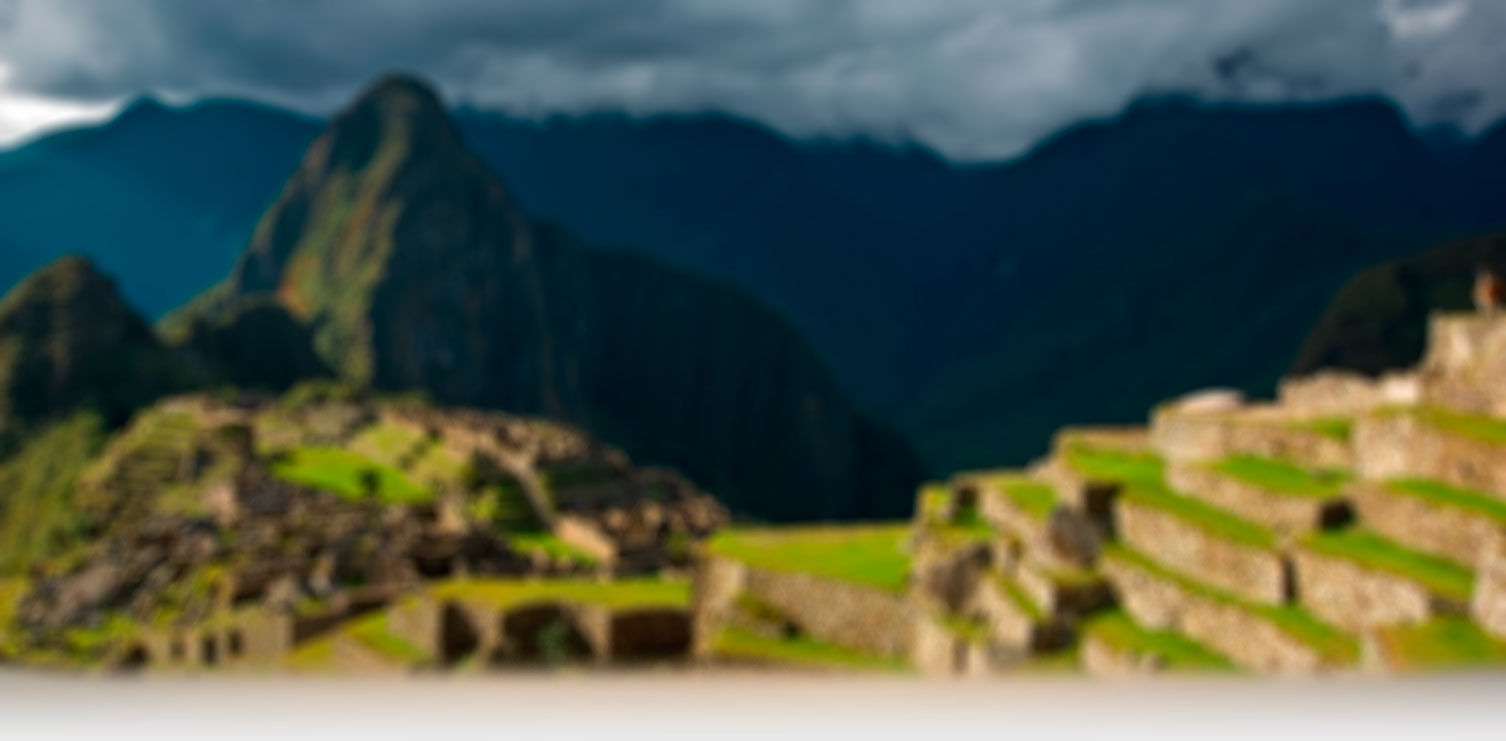
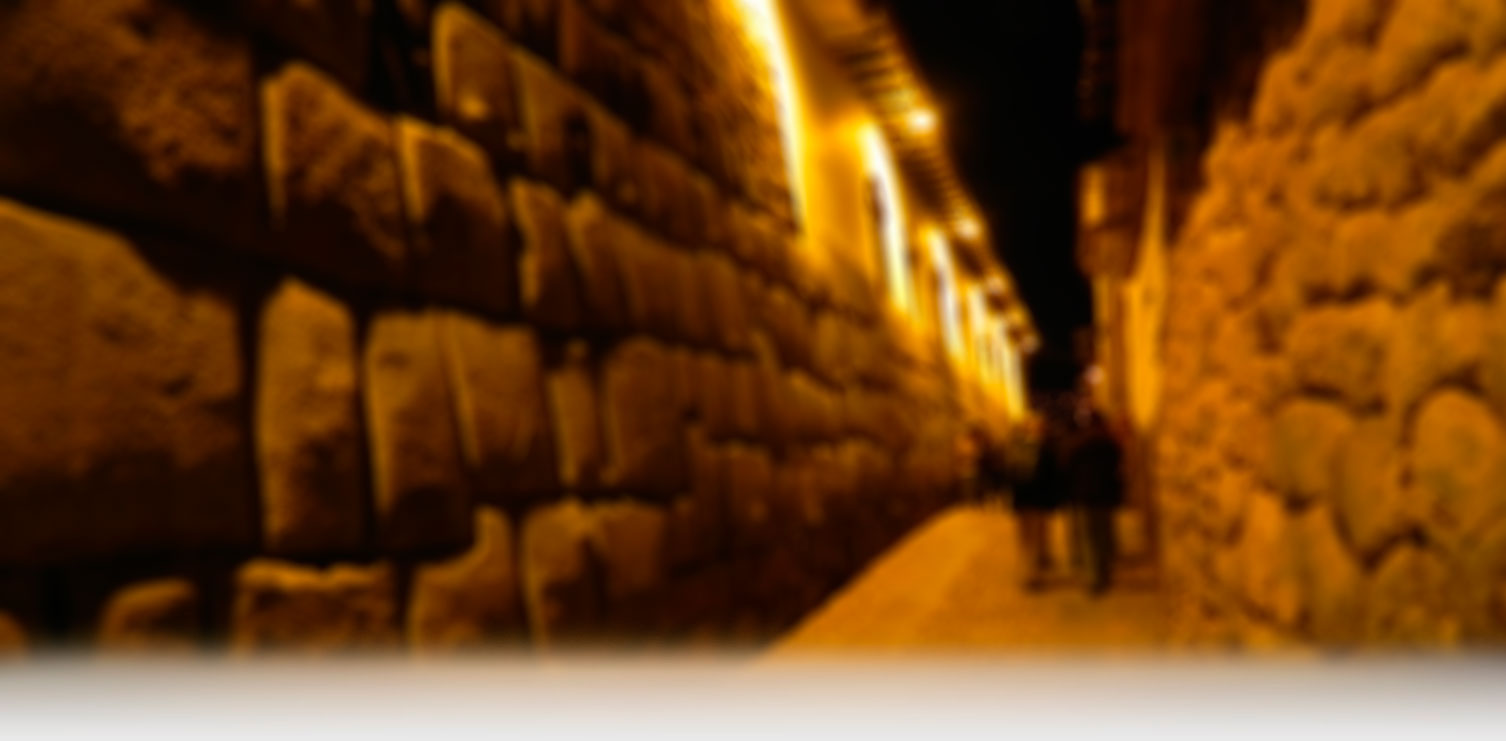
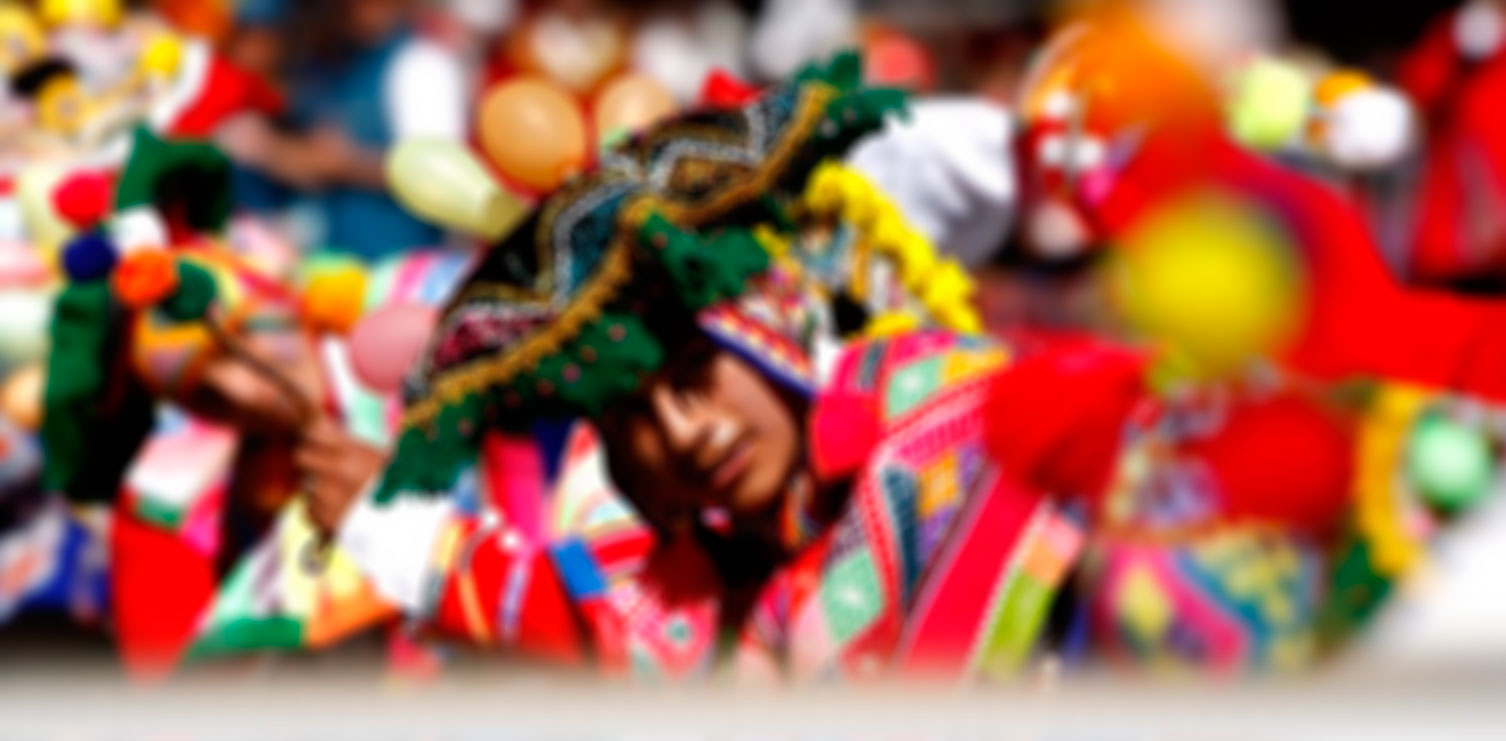
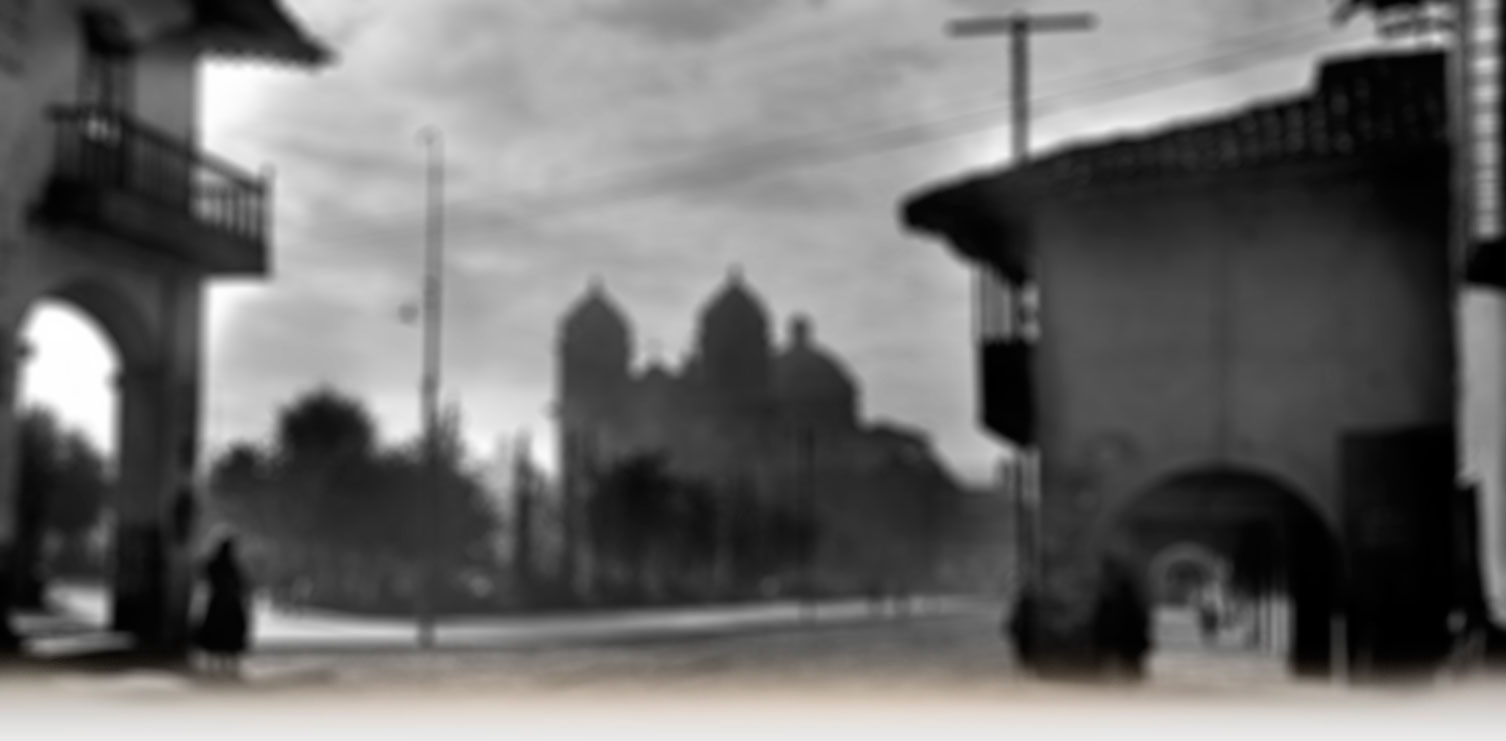




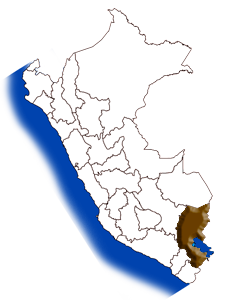
 +5184 223865
+5184 223865  24Hrs: 958-076720 / 984-118056
24Hrs: 958-076720 / 984-118056 117*469
117*469 reservas@inkaways.pe
reservas@inkaways.pe titosouthamericanjourneys
titosouthamericanjourneys